Recent meteorological events in my old hometown of Houston, and the subsequent humanitarian concerns that came with the destructive flooding being experienced in the lowlands of Houston, have all gotten me thinking. Irma GERD is hitting Florida and the Caribbean, and... Well piloted, Captain, Delta DL302!
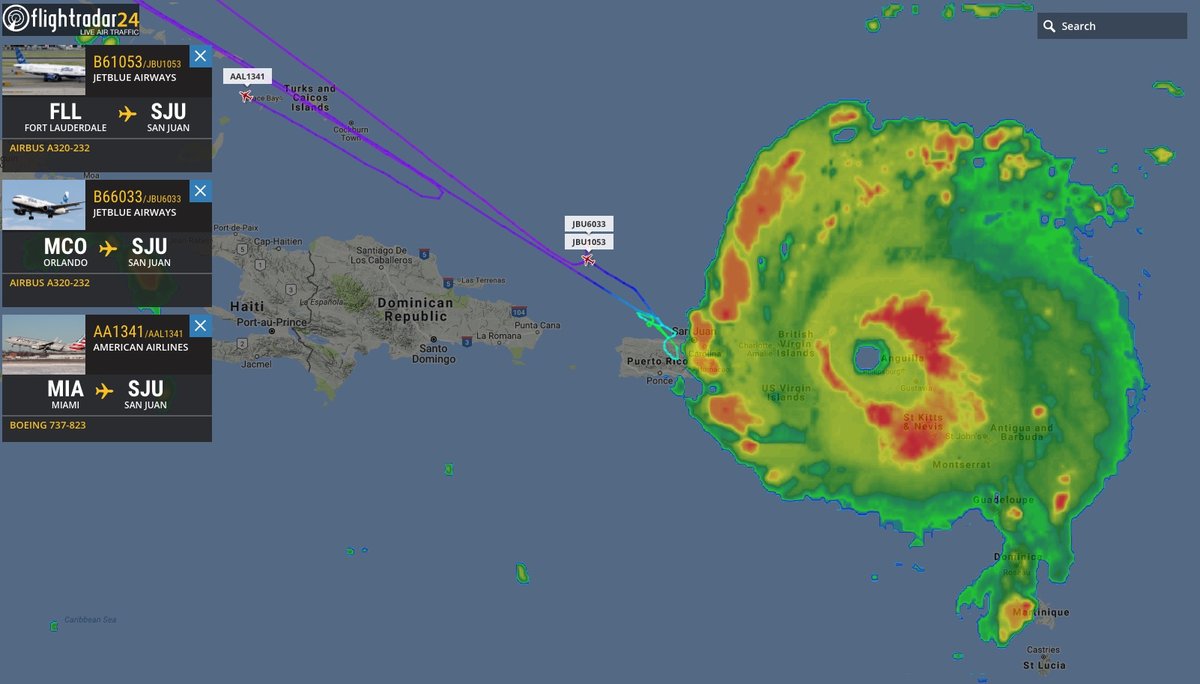
I've had the good fortune never to have had to evacuate an area, though my family's rapid departure from Dubai on December 31, 1990, some three weeks before one of the grandest fireworks shows in history happened just over the horizon in Iraq, was close. I've also had the need to be ready to go, when I lived in the forested Dandinong ranges following the black Saturday fires of 2012. However, frequent moves and travel while growing up equipped me with a certain mindset. Pack light, take only what you can carry, and carefully choose what valuables you really need. When things took a turn for the worse for me emotionally at the end of my marriage, I packed bags, loaded essentials in my car and was out of there that same evening. Better for everyone in the end. I was lucky that some good friends of mine had a spare room and the open hearts to let me crash with them for a couple of months so I could get my life in order. I'm deeply indebted to the Moffits and will be for some time.
I'd hope that if I lived in a disaster-prone area I'd be ready whenever hurricane, cyclone, tornado or volcano season rolled around, and not only would I have a bugout destination but also a route and plan. However, nature gives not one damn for me or my plans, nor (I suspect) for yours. It's up to you and me to rescue ourselves.

The Houston floods have shown that freak events can essentially turn a modern metropolitan city off, and reduce it to third world status. Without wanting to go into the politics of civil engineering and infrastructure shortfalls, I think it's fair to say that while some of what was happened in Houston or New Orleans could have been mitigated, nature will find a way. So what can we do about it? I think the answer to that is threefold:
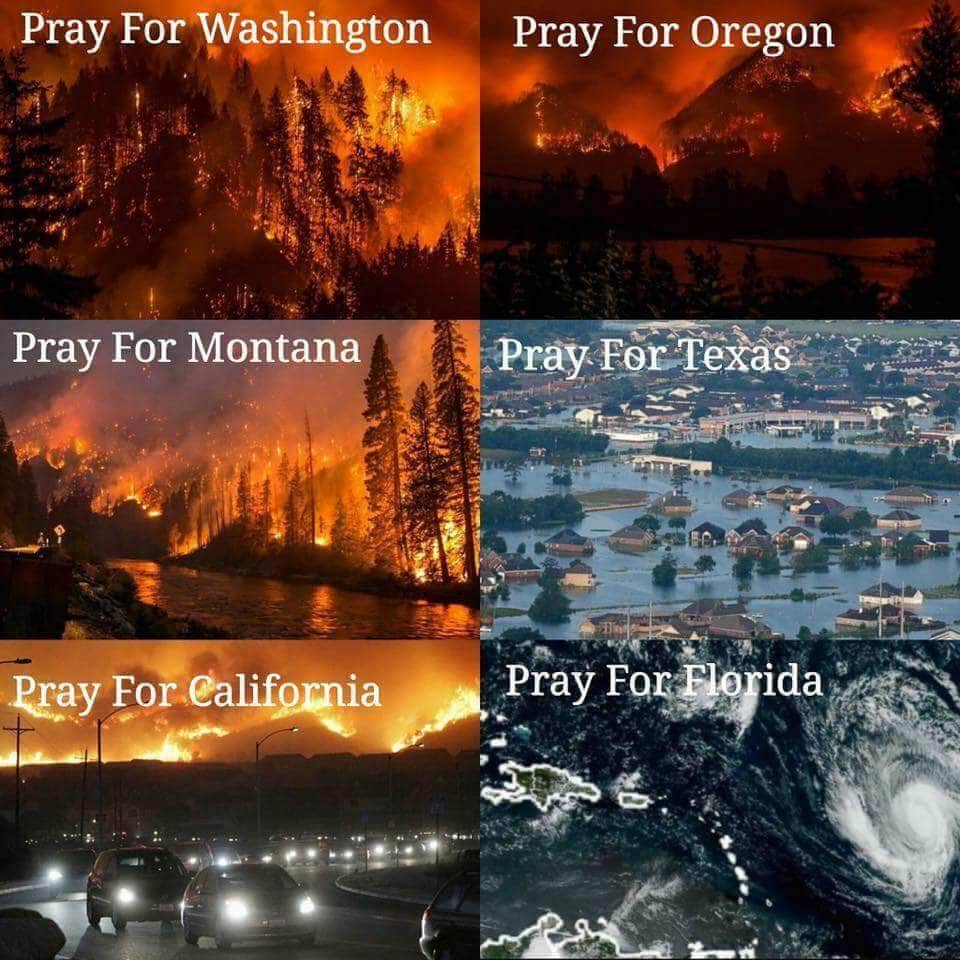
1) Threat assessments;
2) Risk mitigation & planning; and
3) Practice.
1) Threat assessment.
Where I live several state and federal agencies exist to deal with this kind of thing. The SES (State Emergency Service) and CFA (Country Fire Authority) have great resources available to determine whether certain areas are at risk from fire or flooding, and can deal with those threats. Victoria has occasional very mild earthquakes, nothing to brag about. We do occasionally get heavy storms pushing up from the Antarctic but again, pretty mild compared to the North Sea gales or Atlantic hurricanes. We're well too far south for any tropical action, unlike our Queensland bretheren. We do get some big winds and heavy rains occasionally though, so in the Hills (to call the Dandinong ranges mountains is generous) power is often cut due to tree-falls. A caved-in roof during a winter storm is never a good thing, nor are washed out roads. In the lowlands that water has to go somewhere, and we are pretty lucky in that current and former governments have maintained infrastructure to deal with it. However. Knowing is the first step.
Melbourne Water is proposing to update existing planning controls for land in Bayside that's susceptible to flooding. The controls, called the Special Building Overlay (SBO) and Land Subject to Inundation Overlay (LSIO), aim to ensure that land covered by the overlays is developed in a way which reduces the potential for flooding and minimises the risk of flood damage to property. Since the planning controls were introduced in the early 2000s, Melbourne Water has developed better mapping and more accurate flood modeling. As a result, the SBO boundaries are being updated and the LSIO removed from the Bayside Planning Scheme.
The changes to the boundaries of the SBO mean that some properties will be within the overlay boundaries for the first time, some properties will no longer be covered, and other partially-included properties may have more or less of their land covered by the overlay.
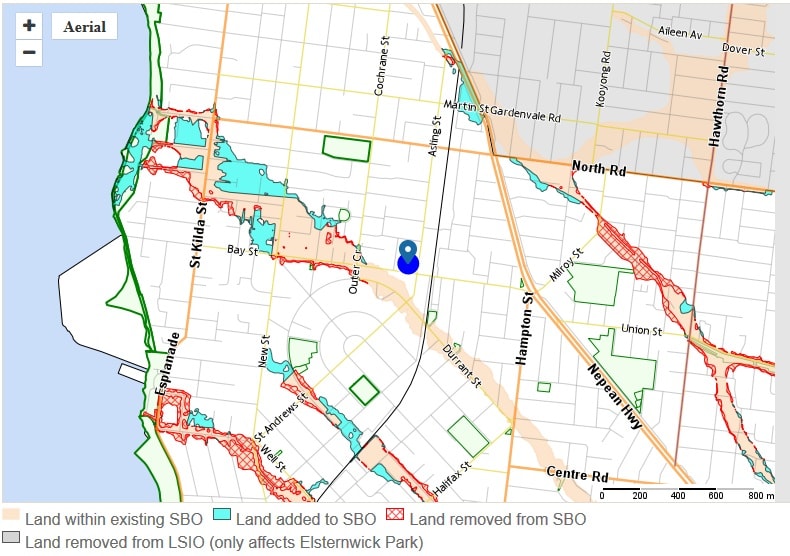
For properties within the SBO boundaries, a planning permit is required to construct a building, carry out works and subdivide land. This enables drainage and flooding issues to be addressed early in the development process by, for example, raising building floor levels. It also ensures that flood waters are not obstructed or diverted by new development, causing an increased problem for existing development.
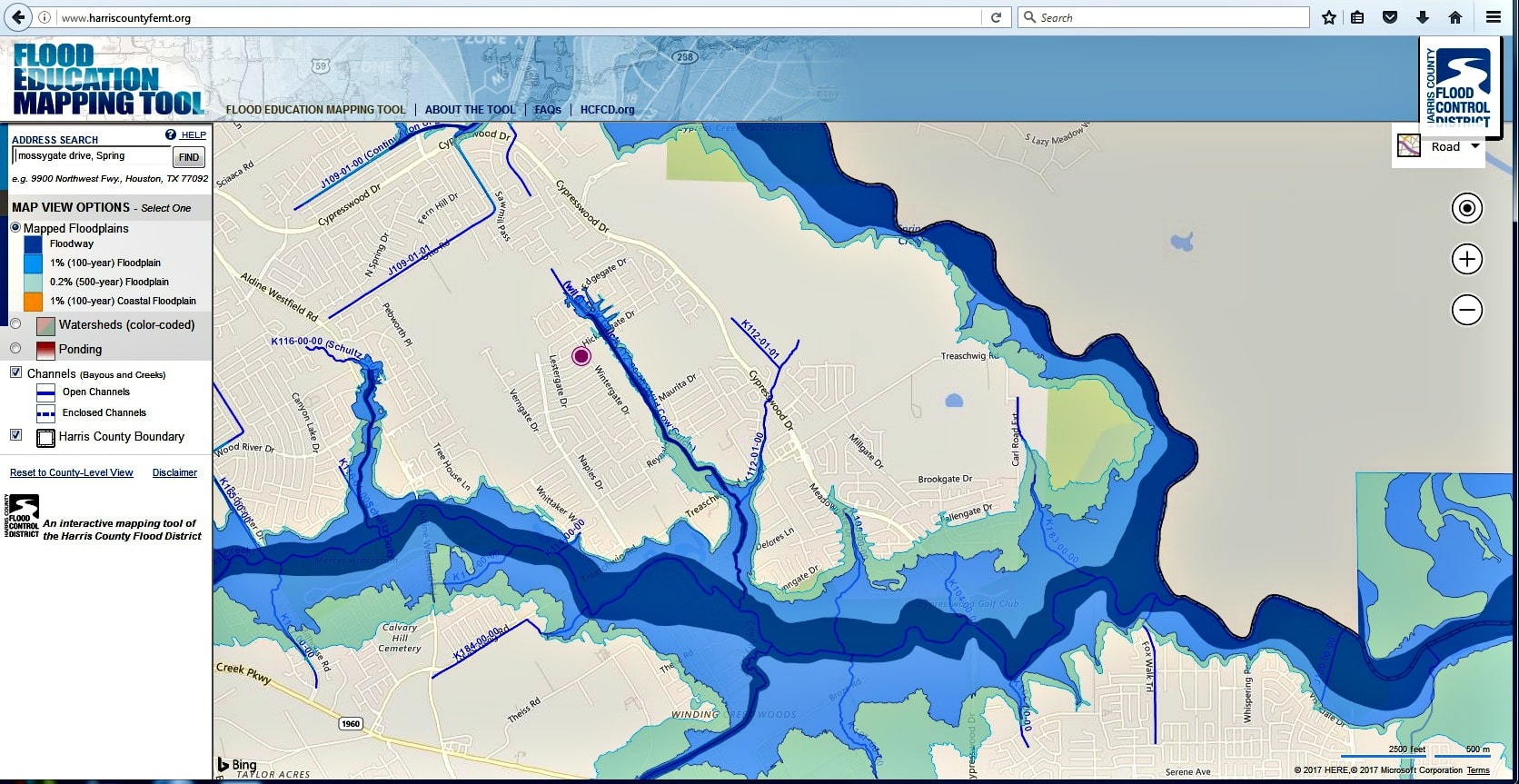
2) Risk mitigation & planning.
What are my big threats to house, home and family? Well, my ex-wife and our 9-year old daughter live in the Dandinongs, in the midst of very tall trees in the temperate rainforest. There is a summertime fire risk mitigated by maintenance of the grounds to remove deadfall and reduce fuel sources, plus they have an evacuation plan and use the CFA fire-risk scale system as a guide and routinely "get off the mountain" in times of high risk. In winter they face storms and damage from runoff. Frequent power outages are a hassle, especially as the water to the house is via an electric pump from a rainwater tank. Landslides are a potential risk but more substantial is the risk of a tree falling on the house. Aggressive tree felling is not much of a solution given the local ordinances. When I collect and return our daughter, I'm mindful of the risk of roads being cut by treefall and associated downed power lines or washed out roads, but day to day it's not much of an issue. In the case of my own home, having checked the floodplain maps of the Melbourne Water Board, I can see we're just outside a predicted 100-year flood area. One end of our street is not though, so I'm going to err on the side of "Yep, we'd flood."
Where I live is fairly suburban so I don't have to worry about bushfires come summer, but we're not far from the beach, just above sea level, so a hefty storm surge could potentially reach us. I don't worry about a tidal wave as the Port Phillip Bay is shallow and protects us from the Bass Straight, so anything big enough to cause a tsunami would bring its own special dooms. Knowing that, if a big flood event was coming, or even imminent, our best bet would be to pack up and bug out. The house, being old and rickety, couldn't be trusted to withstand even a knee-deep flood, let alone the hip, head or street sign deep waters as in Houston.

The question then becomes "what to pack?" Assuming the house would be a write off and most of our possessions would get trashed it might be tempting to try to take everything, but that's just impractical. A moving van would be needed and would take a day or two to load up anyway. Alternately, in a "do it NOW" situation, the decisions become easier. Only the most valuable and irreplaceable things would go, as well as things needed to get us through the disaster. Photo albums, back-up HDD's and some heirloom antiques are a good start, along with some important legal documents: deeds, birth certificates, divorce papers and the like. Clothes and day to day essentials like toiletries and medications are no different from any vacation packing and need to be weather appropriate. We'd be bugging out in my Toyota RAV4, not much of a bug-out vehicle but comfortable even crammed full of family and gear when we go on our camping holidays, so we have an idea how to pack it. This brings me to one of my bug-out or camping packing tricks.
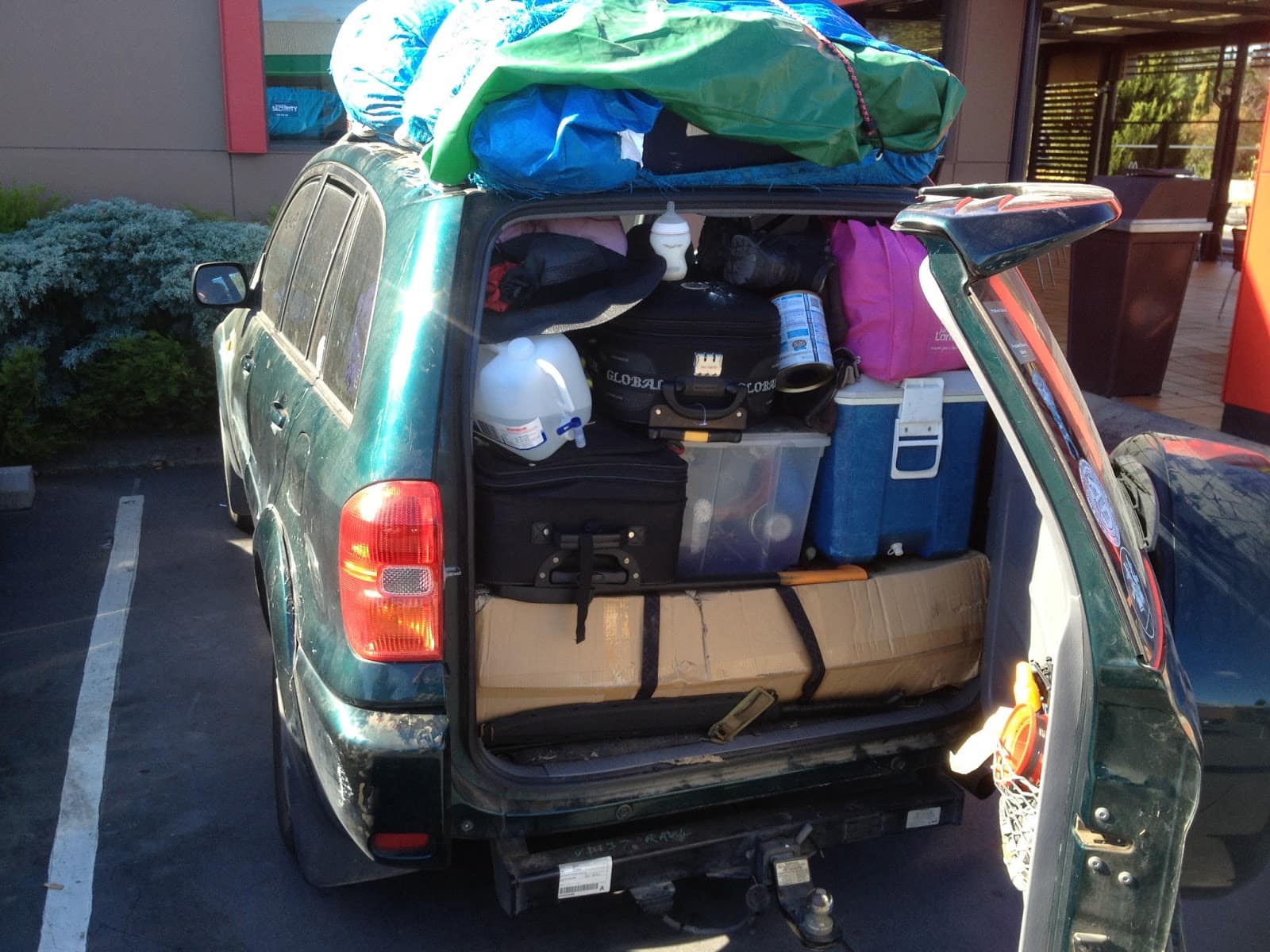
Tactical Milk Crates. These seemingly ubiquitous, stackable, skletonised plastic boxes, designed to carry sixteen 2L jugs of milk, are often repurposed as student household furniture and storage. The modularity of these makes them good for packing anything small enough to fit. They'll hold 42 regular 420g-sized cans. That makes for 17kg of beans and diced tomato, in one big water-insoluble brick. That's a lot of meals. Two people could carry it fairly easily between them.

I also pack my camping gear in them: hammocks, lanterns, propane store and fuel canisters, pots and even pans. I have one for sleeping bags, one for power generation technology and one for "household" camp-accessories. Coupling this with our big-assed tent and camp bed, I'd say I could bug out in relative style with my whole family using about six milk crates of gear. The boot of my car can fit none to twelve crates with relative ease, so that leaves us with, let's say, three to six crates worth of refugee loot we can pack and go with, less if we pack extra food and water .

Given those numbers, each member of our four-person family gets about one crate of space as their allowance. Extra space can get stuffed full of blankets and jackets, filling all those gaps and pockets with padding and the like. One thing to note is that milk crates, being skeletonised, are not even remotely waterproof. Lining them or wrapping them with heavy duty trashbags should do the trick, and includes some trashbags in your gear by default.
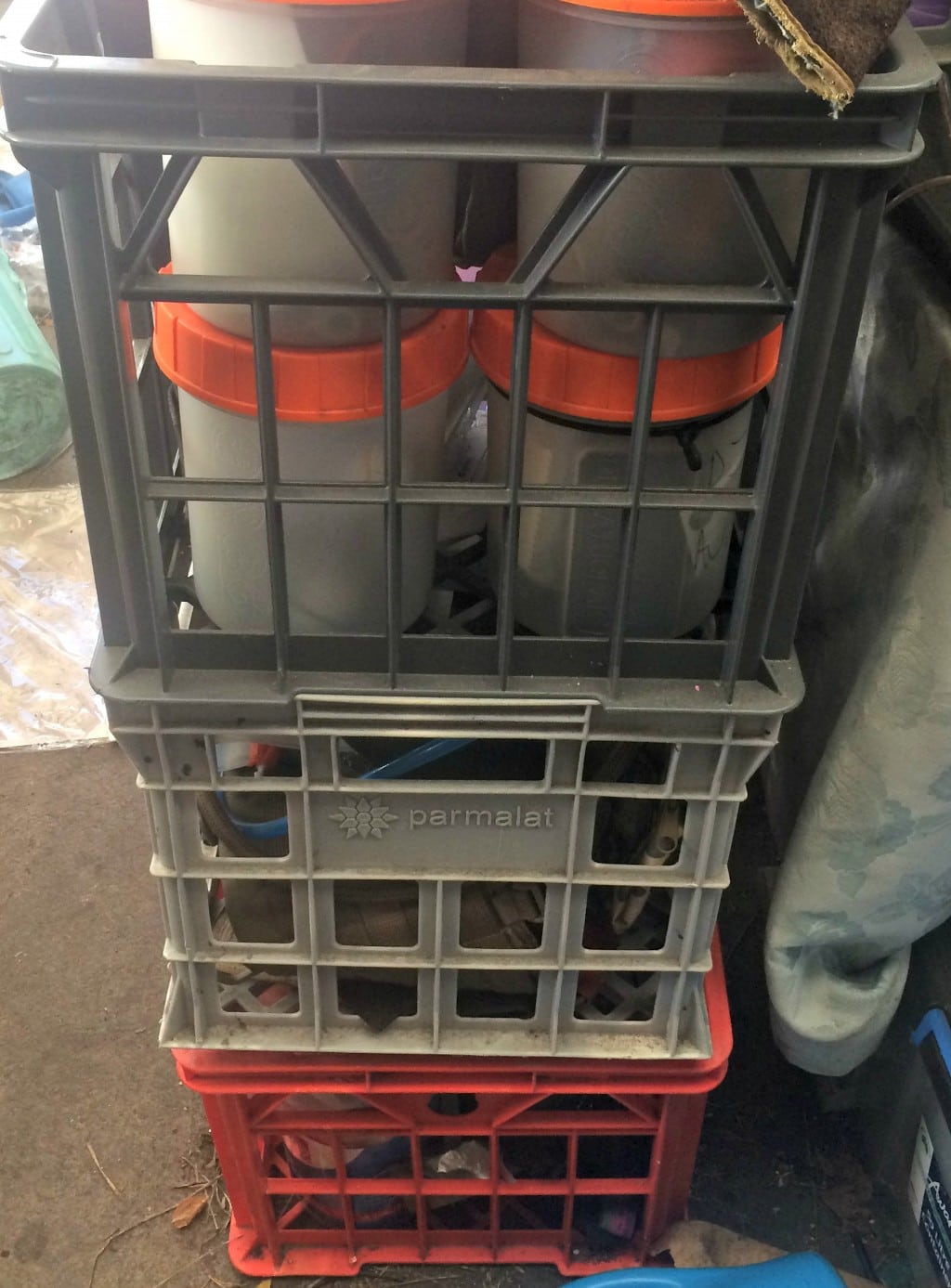
As an addition to our bugout plan for floods, we have my two-person kayak. Having a non-wading means to cross waterways is key. We have maritime-rated flotation vests for everyone in the family, especially the kids, plus helmets, be they bump or bike helmets (remember: expanded foam floats). Rope and climbing harnesses don't go astray either, and I figure I have enough rigging gear to set up a rope bridge over any river narrow enough to sling one across. Take a page from the SES floodwater guidelines: "Never drive ride or walk through floodwater - if it's flooded, forget it."
Have a go-to destination in mind, maybe more than one, and plan out different routes, in case of traffic snarls, cut roads or bridges or obstacles to your egress. Keep your vehicle fueled and fit for travel. Stock up on packable food. A couple of bricks of cans at your local big-box produce store per trip will put you in good stead.

Bear in mind that in most cases the milk crates yo use stacked behind a grocery store are not abandoned but remain the property of the milk company. That's why I suggest them as as evacuation expedient solution. Should the situation arise getting it done is key. There are commercial options for packing gear, look into those if your budget allows.
http://modernfarmer.com/2013/08/illegal-use-milk-crates-anything-besides-milk/3. Practice
Evacuations are not easy things; they're panicked, rushed and anxious times. Much like in combat, fine motor skills will be affected, rational thought will be interfered with. Kids will cry. Things will be left behind. Organize your bug-out kit early and have it sorted and ready to go. The more you can do early, the better off you'll be under the pressure of "time to go!" Remember, it's going to be harder if it's night, or storming and wet, more so again if the water is already at your ankles or the embers are falling.

There's no harm in doing dry runs either, especially if you can get the whole household in on it. Packing for a camping trip is a great opportunity to do so, with the payoff of the trip itself and "let's get on the way quickly" as incentive. This needn't be a "duck and cover" air-raid drill with stopwatch and sirens but instead some trial runs, from a dead stop to a "half the gear is already packed." I'll let you gauge how long it will realistically take you to be on your way, with the barest of essentials from when you decide that your position is no longer tenable and it's time to make a move. Make tasty meals from your stashed bug-out meal ingredients to get a handle on what you can do to keep morale up whilst on the go.
Lastly, have plan for your pets. Take them with you, or set them free to fend for themselves, whatever your conscience allows.

Be safe out there, and be prepared.






